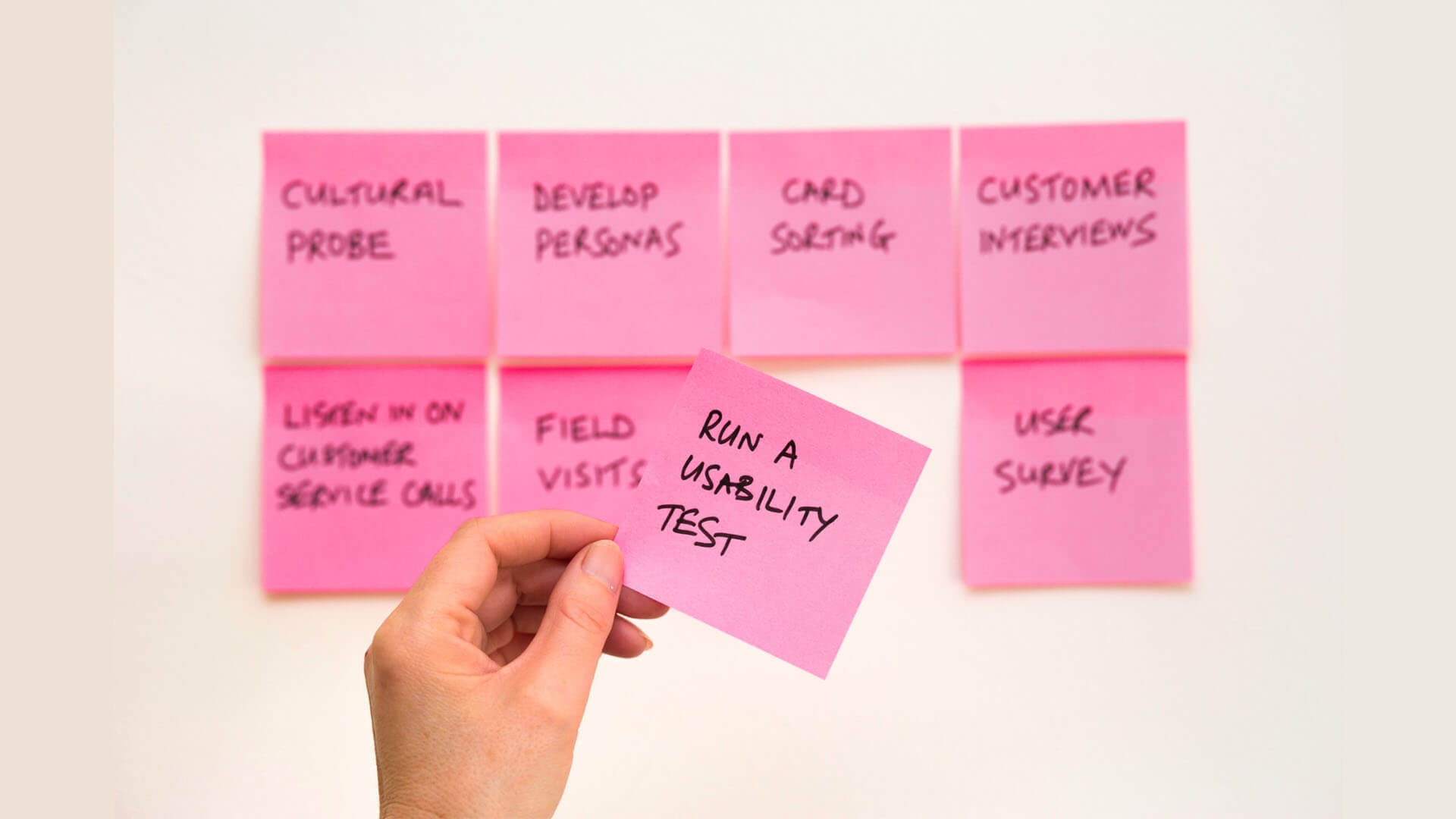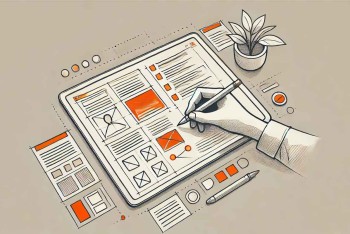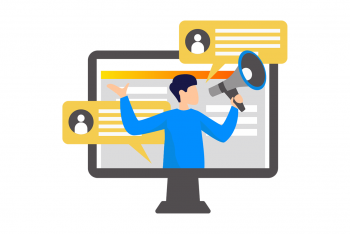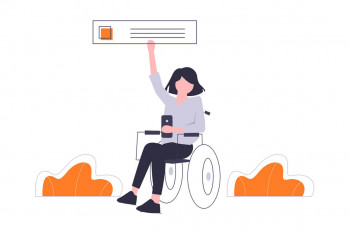Making sure that the websites and apps we build for clients are designed for the user first and foremost is our biggest goal when taking on a project. This means that we need to not only know who is going to use the product but how they will use it as well. If you can’t answer these questions then chances are you won’t build something that your customers are going to want to use.
We’ve talked previously about why User Research is important but this blog will look at the entire user-centered design process and how it helps build a website that users love.
What is User-Centered Design?
User-centered design is a design process that prioritises the needs of the user throughout the entire design process. This includes bringing users on board at various stages of the project, whether it's user research before the project begins or user testing once an MVP has been built, to make sure that the team is focused on designing something that will work best for the user. It needs to be easy to use and speak to the type of person that the product is built for.
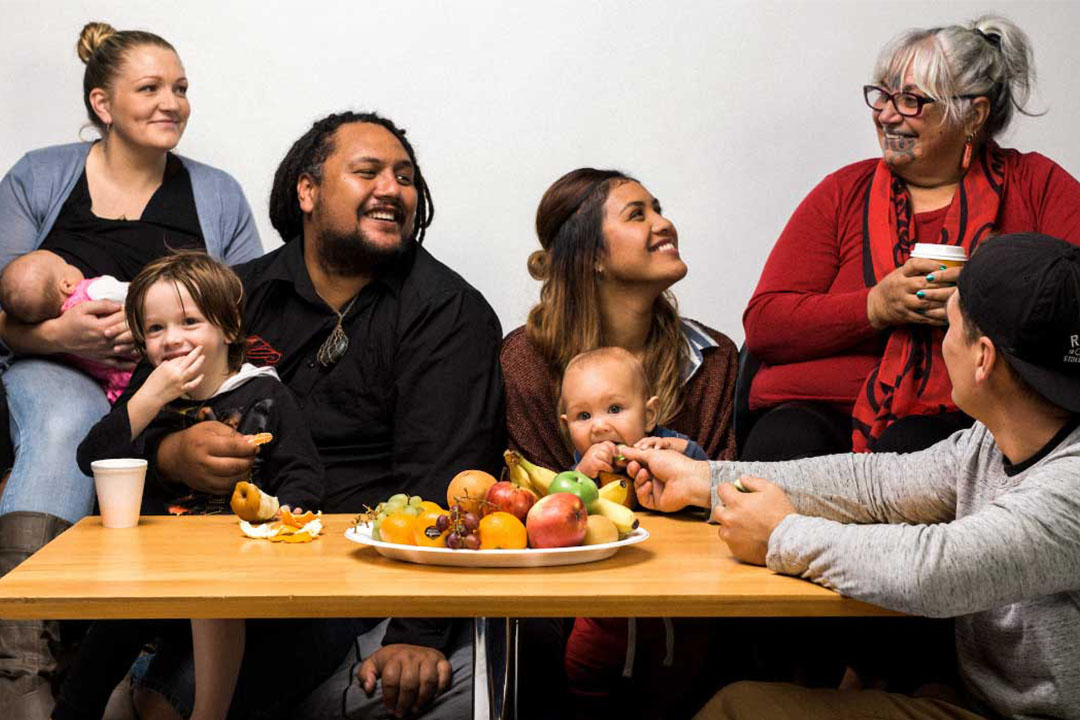
Who Are Your Users?
It may seem like an obvious question but you need to have a clear idea about who exactly will be using the product that you want to build. Before a project begins we'll often run User Research sessions where we will bring in a group of people that match the type of users that will use the product. For example, when we have made changes to the Live Stronger For Longer website we have talked to people who are 65+ about the website since that is the demographic that the website is aimed at. This gave us a really clear indication of what was and wasn't working. Including the type of language that is used on the website and what changes needed to be made to the user journey flow so that the website was more easily navigable for the people that were using the site.
Another useful design exercise is to create user personas, which essentially breaks users up into different groups based on behavior, needs, goals, skills, and attitudes. This can be a useful way to give the design team a good understanding of who the users are and informs important design decisions related to the project. We did this when we redesigned the Citizens Advice Bureau website and intranet. Because in theory, anyone in NZ might need to use the CAB website creating personas helped our design team focus on the most important parts of the project.
What Are Your Users Needs?
User personas are a useful guide for the design team to follow but aren't a replacement for the users themselves. It is still really important to speak to the people that will actually use the product. UX Research workshops can be an illuminating way to see how users interact with the product. These kinds of workshops usually take place between iterations of the product and are useful for our UX Designers to observe really specific ways in which users can try to complete tasks on the website. It might be that the webpage they are looking for is buried under a bunch of other pages and is hard to navigate to or it could be UI-related issues like some of the buttons might not be obvious enough for users. Either way understanding your users needs helps ensure the success of the project you're building.
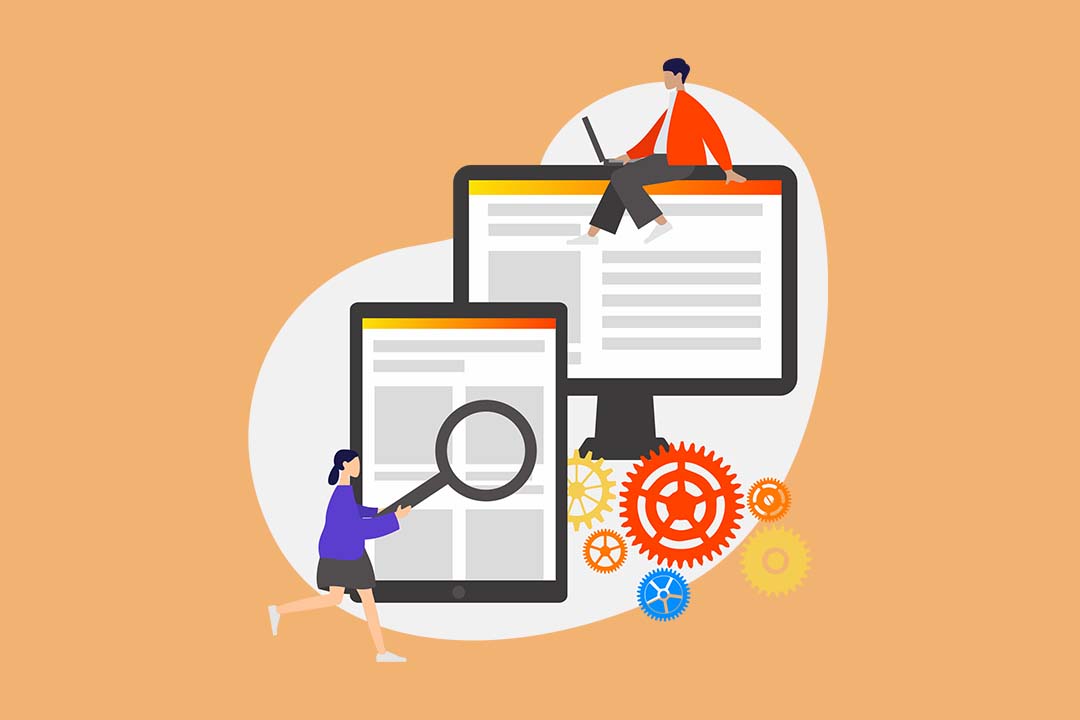
Iteration
The reason why user-centered web design works so well with the Agile methodology is that it is an iterative process. The design team go through a process of defining the users and their needs, designing a solution and then evaluating the results against the user requirements. Multiple iterations of these tasks can take place until the team gets closer to a product that meets the desired outcome. We have long standing partnerships with many of our clients such as Metlink, Citizens Advice Bureau and Mountain Safety Council where we have continually improved upon the products we have built for them. A product is very rarely completed after one project, there are always improvements that can be made whether large or small that can improve the overall experience for the user.
Conclusion
Understanding who the user is and what their needs are and then applying this knowledge to our design are the fundamental building blocks for User-centered Design. We make sure our clients understand this before we begin any project and it's something we continue to work on from year to year.
Do you have a good understanding of who your users are and what their needs are?
Do you need our help to find out?
Get in touch below if you have any questions or want to set up a time to chat :-)
